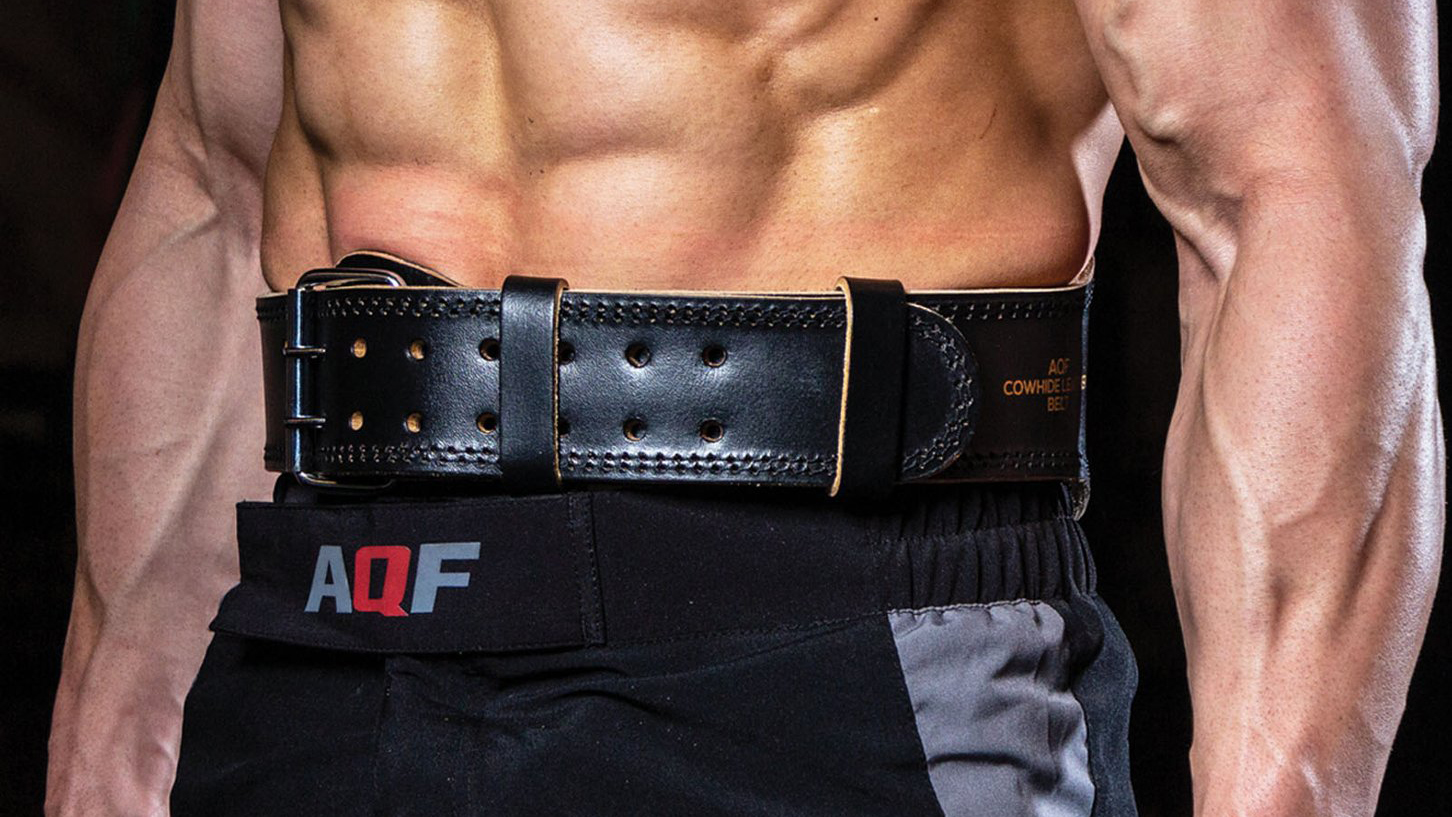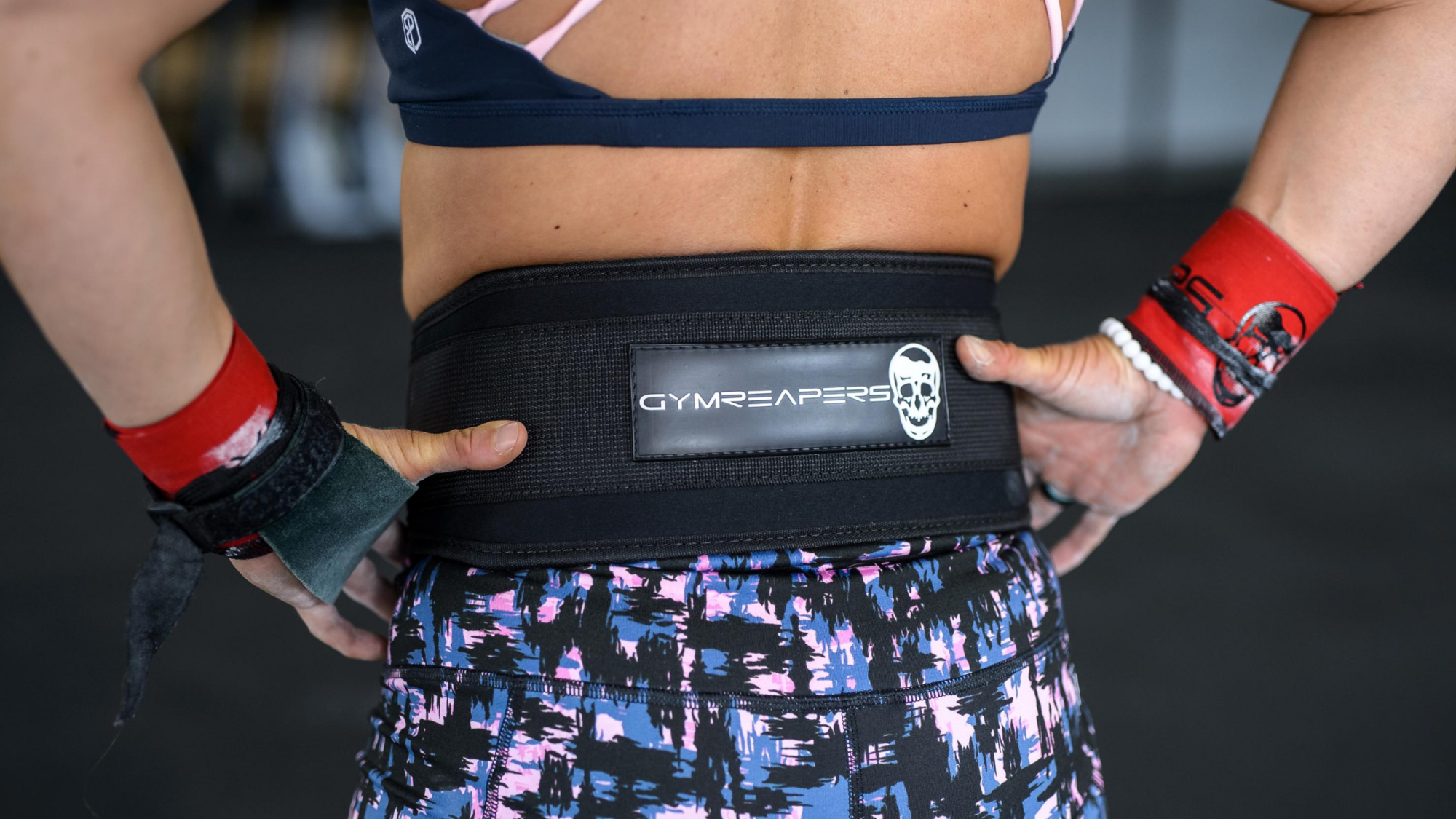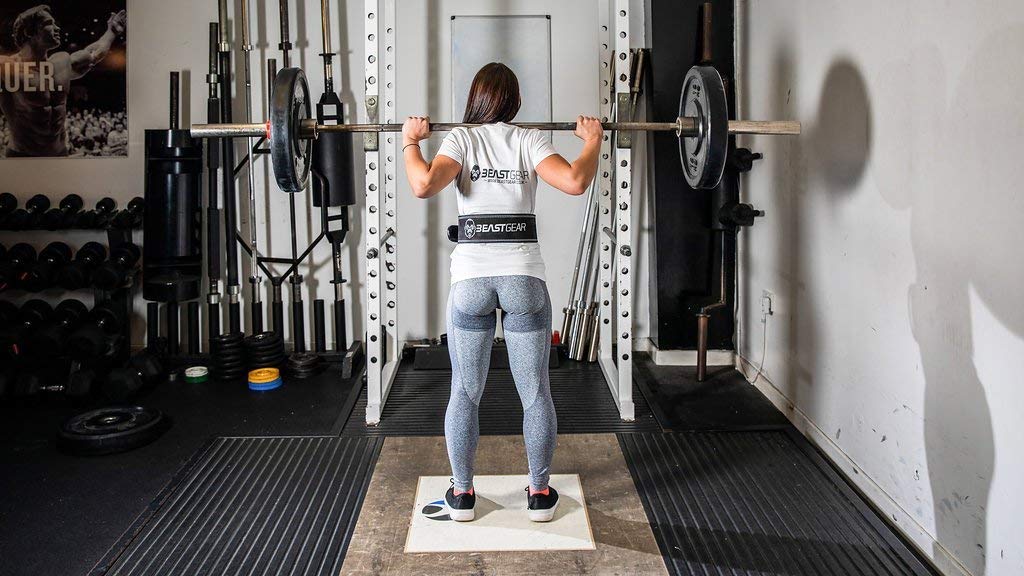Weightlifting belt: what does it do plus when and how you should wear it
Want to get a weightlifting belt but don't know where to start? We've got you covered


If you're a beginner, weightlifting belts might look like an unnecessary fashion accessory for big blokes in the gym but as a matter of fact, they can actually help you lift heavier weights, especially when performing certain compound exercises. But which type of weightlifting belts should you get? Are lever belts really more convenient than the pronged variety? And how thick should they be in the first place?
We'll try to answer all these questions here, as well as who should wear lifting belts, for which exercises you should use them and when is it a good time to upgrade from lifting beltless to lifting with a belt. And, most importantly, what even does a weightlifting belt do.
What does a weightlifting belt do?
The best weightlifting belts provide extra support around your midriff when performing extra heavy lifts. They are similar to weightlifting straps in a sense that they enable you to lift heavier weights despite some parts of your body not being able to cope with said weight. When using straps for deadlifts, you lift weights too heavy for your grip. when using belt, you provide similar support for your midsection.
So in a sense, weightlifting belts function as an exoskeleton for your core, if skeleton was a leather loop wrapped around your waist. Using a belt, you take some pressure of your core so you can load other muscles – quads, glutes, lats etc. – more. A weightlifting belt can help keep things tight but it's important to note that they don't ever replace good form.

When should you wear a weightlifting belt?
At the beginning of your bodybuilding journey, you will be pretty preoccupied with learning how to deadlift and how to squat properly so you shouldn't worry about wearing a lifting belt. You should focus on building a strong foundation and perfecting your form using lighter weights.
After some practice – and this can take a while – you can start lifting heavier and trying to add even more compound exercises to your workout routine such as the overhead press and everyone's favourite, the bench press. It'll take years for anyone to lift heavy enough to even consider wearing a belt.
Unless you're a powerlifter or a strongman, chances are, you aren't lifting a ton of weight each time you hit a gym. For a bodybuilder, wearing a belt will always ever be required when doing the aforementioned deadlifts and squats, exercises powerlifters do all the time, unlike bodybuilders who do these once or twice a week.
Get all the latest news, reviews, deals and buying guides on gorgeous tech, home and active products from the T3 experts
Therefore, your progression will be slower meaning it'll take quite some time until you're strong enough to deadlift twice your bodyweight. By the time that happens – we're talking about years here – you'll already have a better understanding of how much you can actually lift and you will also have a better muscle-mind connection which is essential for being able to build muscle.
Exercises that don't require lifting belt are isolating exercises such as the biceps curl or compound exercises that don't use the core extensively (e,g, bench press). Also, if the belt restricts your movement, you should consider either getting a thinner one or losing it altogether.

Should you wear a weightlifting belt all the time?
Speaking of wearing the belt: even if you need one because you lift so heavy, you shouldn't wear it all the time. Wearing it for some sessions will not only provide some sort of variety to your workouts but it can also help push through plateaus.
Not to mention, adding a weightlifting belt to every deadlift would be like leaving the training wheels on for every road bike session you have. Even powerlifters should consider losing a belt sometimes and working with lifter weights (doing more reps) or to straight up do different exercises than just deadlifts/squats.
How should you wear weightlifting belts?
You should wear weightlifting belts around your waist. This might sound like a redundant statement but beginners might think it needs to be lower like an actual belt. Best is to place it over the navel in the 'middle of your abs', so to say. A weightlifting belt needs to support your core so placing it at the lower or higher section of the core would leave the other side vulnerable.
If you never tried belts before, it's worth giving it a try without much weight on the barbell. You should definitely avoid thinking 'Gosh, the lifting belt will enable me to lift heavier so I should just throw two more weight plates on each end of the bar and start squatting'.
Getting used to the belt is a process and you'll allow yourself some time to get used to the sensation of a thick leather belt pressing against your abdomen. It's true that weightlifting belts will enable you to go heavier eventually, but not straight away, mind.

What type of weight lifting belt should you get?
The type of belt you need depends on the type of exercises you do. For most purposes, a straightforward pronged lifting belt would do just fine. These are the ones that look like a thick leather belt with a one- or two-pronged metal buckle.
There are also lever belts preferred by powerlifters as they can be fastened/unfastened quickly. Some people prefer these although especially if it's a thick belt, the fact that the extra belt 'goes under' the belt can be source of discomfort. It's also more cumbersome to change the circumference of the belt and you might have to bust out a screwdriver to adjust it.
Neoprene (a.k.a. velcro) belts are highly underrated outside CrossFit circles but they can come in handy when performing dynamic movements such as the barbell snatch. This is probably the reason why CF people like them as they do a lot of those. Neoprene belts are generally more comfortable to wear than thick leather belts albeit they provide less support.

Matt Kollat is a journalist and content creator who works for T3.com and its magazine counterpart as an Active Editor. His areas of expertise include wearables, drones, fitness equipment, nutrition and outdoor gear. He joined T3 in 2019. His byline appears in several publications, including Techradar and Fit&Well, and more. Matt also collaborated with other content creators (e.g. Garage Gym Reviews) and judged many awards, such as the European Specialist Sports Nutrition Alliance's ESSNawards. When he isn't working out, running or cycling, you'll find him roaming the countryside and trying out new podcasting and content creation equipment.